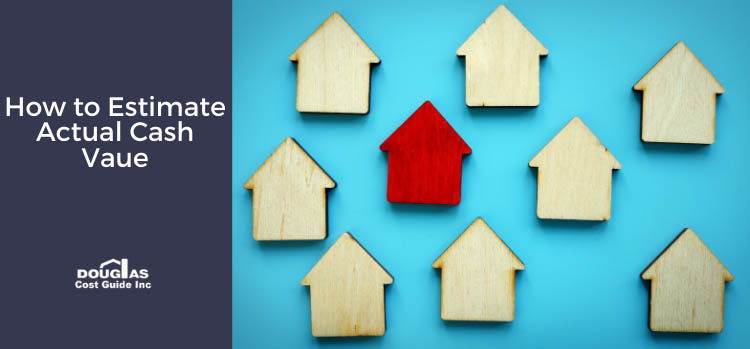As a responsible homeowner, you’ve completed extensive research on different coverage options for your most valued asset. You’ve educated yourself on various terms and are now an expert in all things involving replacement cost and how it’s calculated; however, one little term seems to remain elusive: actual cash value. This blog will go over the following:
- Replacement Cost vs. Actual Cash Value
- What is Actual Cash Value?
- How to Calculate Actual Cash Value
- Should You Consider Actual Cash Value Coverage?
Replacement Cost vs Actual Cash Value
At this point you’ve probably heard more than enough about replacement cost to last a lifetime; however, you can not properly discuss actual cash value without first discussing replacement cost. There is a reason that replacement cost in the world of insurance is so commonly discussed. Not only is it the most comprehensive coverage choice, but a home’s replacement cost is used as a baseline in homeowner’s policies to determine coverage amounts for your home’s contents, detached structures, and you guessed it, actual cash value.
What is Actual Cash Value?
A home’s actual cash value is its replacement cost less any applicable physical and functional depreciation. Actual Cash Value is estimated based on the home’s replacement cost and factors in any wear and tear, age, and functionality of the home.
How to Calculate Actual Cash Value
For example, say your home has 25-year-old shingles. If a storm rips through your neighbourhood and damages a portion of your roof, requiring shingle replacement, there are several factors utilized to determine the actual cash value of the damaged shingles. Let’s say the life expectancy of the shingles is 25-years and they were put on the house 5 years ago. The remaining life expectancy of the shingles is calculated in the following way:
20/25 = 80%
Thus, the actual cash value of the shingles would now be 80% of their replacement cost.
Therefore, if the shingles cost $5,000 to replace, the actual cash value would be $4,000:
$5,000 x 80% = $4,000
However, if you experienced damage to a portion of the roof, only a portion of the $4,000 would be paid. For example, 25% of your roof was damaged by the storm; therefore, 25% of the $4,000 would be paid out: $1,000. As always, any payout would be paid less your policy’s deductible, which usually starts at $1,000. As you can see, actual cash value coverage does not provide enough to repair or replace damage in the event of a loss. Your home insurance company calculates your home’s actual cash value utilizing these depreciation calculations.
Should You Consider Actual Cash Value Coverage?
It’s important to note that selecting actual cash value coverage for your home insurance can be a risk given the payout is not enough to complete necessary repairs or replacement. Most insurance companies advise against selecting actual cash value coverage for this reason. Given that replacement cost is utilized as the baseline for your policy, even if the actual cash value is selected, it is imperative to ensure your home’s replacement cost is accurately calculated.
The Douglas Residential Cost Guide can help you accurately calculate your home’s replacement cost to ensure your most valued asset is properly protected. Contact us today to learn more.

